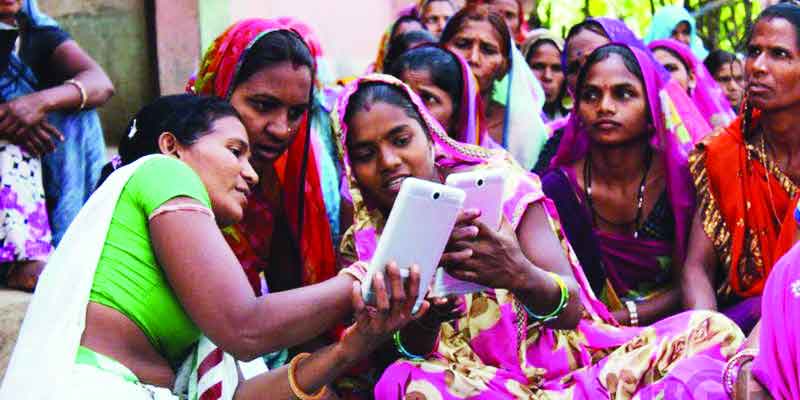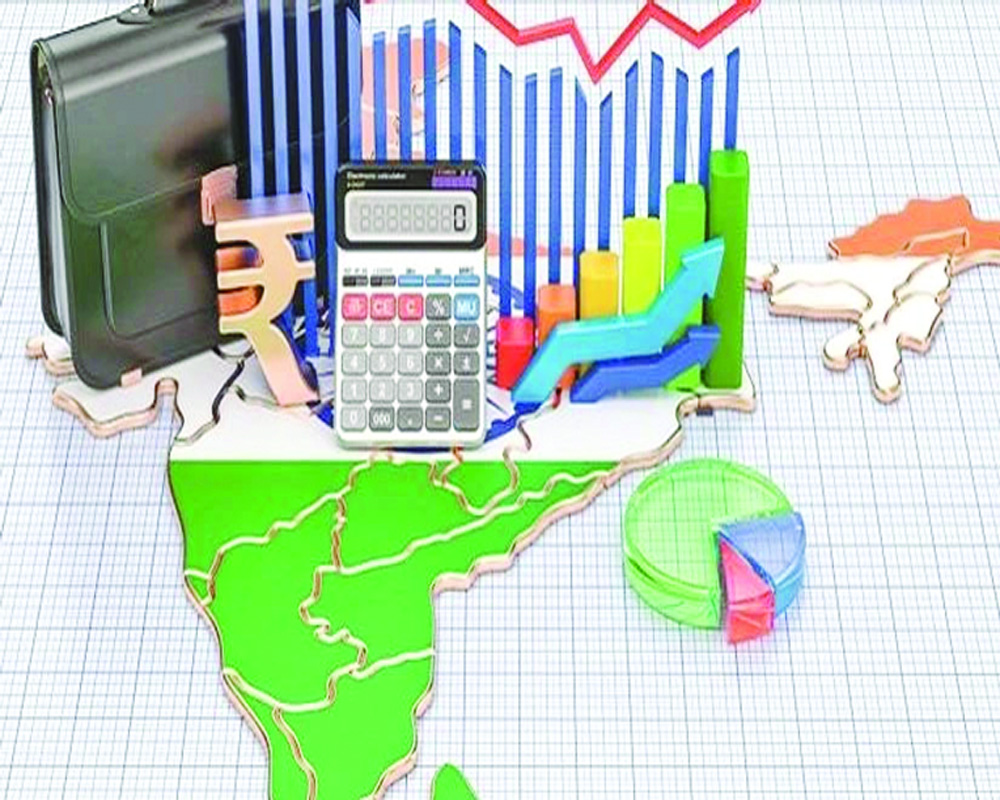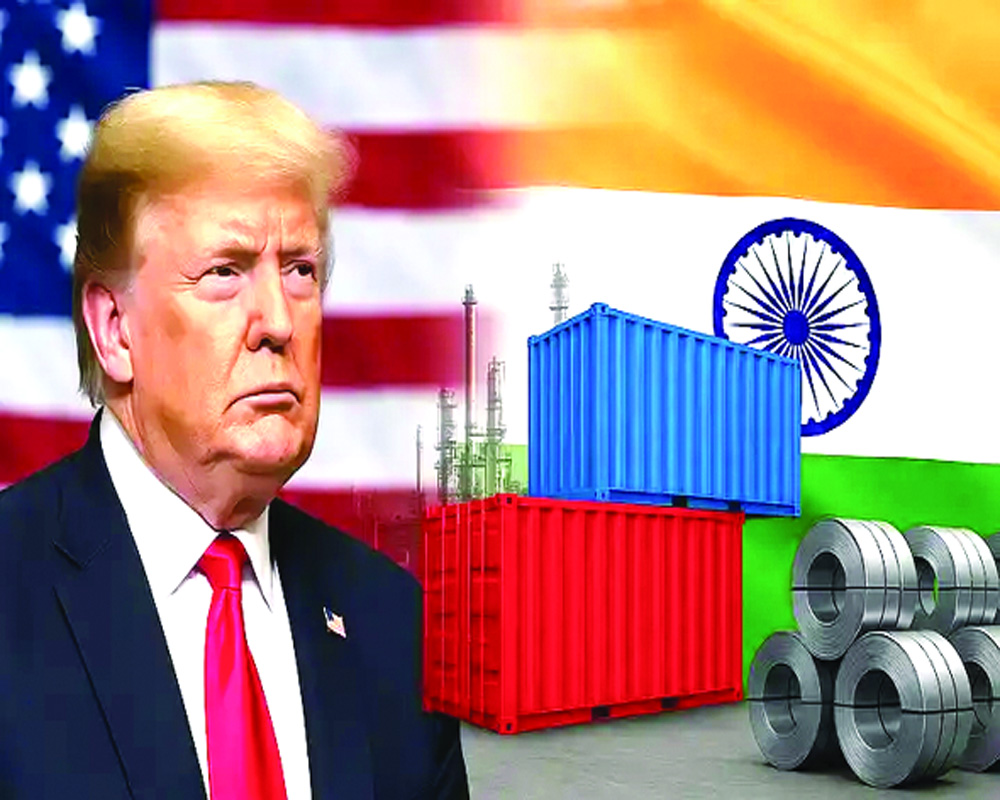Greater financial inclusiveness is a gateway for balanced development and a cohesive society. With billions of people already using mobile phones, the means to introduce them to formal financial services already exists. The mobile telephony system has enabled contact with villages that remained far away from banks and unreachable by road. It has also transformed businesses and family life besides bringing more people into the financial mainstream.
In India, an expansive network of mom-and-pop stores, tailors, pharmacies and telco booths has been extending customers similar services as that of banks. This includes paying the utility bills electronically, sending money back home, mobile phone top-ups, paying television and Wi-Fi bills and purchasing travel tickets — all of this is done without the hassle of opening a bank account.
In most villages, shopkeepers help customers transact these services using their mobile phones. This has made these services accessible to low-income families, who have to struggle with technology. Money can now be transferred quickly, efficiently and securely with a fraction of cost incurred with other channels. People in far-flung villages are now able to receive social benefits, buy ration and make payments using their Aadhaar card. This has helped save the recipients several hours of commute and wait time.
As a platform, the mobile has a unique set of capabilities that can overcome the challenges posed by the payments landscape. Mobile platform combines digital identity, value and authentication to create low-cost access to financial services. Take for instance, OTP-based authentication for Aadhaar-linked accounts and biometric authentication for processing transactions. Mobile finance offers at least three major advantages over traditional financial models. First, digital transactions are essentially free. In-person services and cash transactions account for a majority of routine banking expenses. But mobile finance clients keep their money in digital form. This is why they can send and receive money often, even with distant counter parties, without incurring transaction costs from their banks or mobile service providers.
Second, mobile communication generates copious amounts of data which banks and other providers can use to develop more profitable services. It even acts as a substitute for traditional credit scores (which can be hard for those without formal records or financial histories to obtain).
Third, mobile platforms link banks to their clients in real time. This means that banks can instantly re-lay account information or send reminders; and clients can quickly sign up for services on their own.
Mobile operators know how much consumers are spending on air time and are also able to infer other relevant information. If the customer is a regular user of a mobile money transfer service, the operators may also be able to assess his/her disposable income. They team up with banks, financial tech (fintech) companies and data analytics specialists to use this data to build financial profiles and offer credit to those who otherwise lack proof to re-pay loan. On-time payment of bills can attest the financial discipline of the consumer.
For the micro-finance industry, such systems represent an important opportunity as they enable borrowers to apply for, receive and re-pay loans on their mobile phones using a network of local agents. But this doesn’t mean mobile is a magic device that can provide algorithms for all credit- related issues. A majority of the population still doesn’t use smartphones and there are many who use it very frugally.
The proportion of the Indian population that has access to financial institution accounts via mobile phones or the internet to transact digital payments still remains significantly lower as compared with other developing economies, particularly sub-Saharan Africa. In Kenya, 79.0 per cent of adults made digital payments in 2017, and in South Africa 60.1 per cent, compared to 28.7 per cent in India (World Bank 2018).
While digital technology is opening new channels for delivering financial services, other challenges also persist. Sparse population, inconsistent network coverage, lack of trust or insufficient capital for building new business models can stand in the way of success, particularly in connecting remote or undeserved communities. The aversion of the ‘other India’ to digital finance has more to do with their disinclination to everything that has more to do with technology. This stems from a lack of trust in and comfort to use technology. Women often face additional barriers: Limited access to mobile phones, low literacy level, less confidence in using technology and restrictions on travel or social interaction.
For India to attain mobile money, as has been the case in Kenya, providers will need a more liberal stance from the Central Bank (Reserve Bank of India) whose stiff legal and regulatory framework has constrained the expansion of mobile money. It is understandable that in a vast country like India with such a diverse and remotely dispersed population, most of which is poor and illiterate, the central banker has to tread the terrain cautiously.
Security of consumers must be the topmost priority and concern. Although we must continue to make the case for responsible digital finance being good business, we know that isn’t enough. Independent and well-resourced regulators, consumer groups, and other organisations are critical to ensure that the consumer protections afforded by the law and regulator are actually followed and enforced. The new customer base build-up by the Jan Dhan Yojana has its own peculiar fragilities and vulnerabilities. Regulators must live up to trust.
We must remember that the ‘technological’ layer is another tool — a means to an end — and not a solution in itself. In certain conditions, it happens to be the most powerful tool and certainly enables services to be delivered efficiently at a scale with great benefits. But it has to do with how we are using it and how we are defining the outcomes.
The unfulfilled promise of past technologies rarely piques the most optimist advocates of cutting edge, who believe that their favourite new tool is genuinely different from others that came before. We must not forget that we are working with a constituency which is both politically and socially mute. Building inclusive digital economies requires the collective action of Governments, industry, financiers and civil society. Before speeding ahead, we need to build infrastructure, align policies and create the tools that can enable the poor to comfortably board the digital train.
As Ghanaian diplomat Kofi Annan had said: “In managing, promoting and protecting the Internet’s presence in our lives, we need to be no less creative than those who invented it. Clearly, there is a need for governance but that does not necessarily mean that it has to be done in the traditional way, for something that is so very different.”
(The writer is Member, NITI Aayog’s National Committee on Financial Literacy and Inclusion for Women)
Writer: Moin Qazi
Source: The pioneer








 OpinionExpress.In
OpinionExpress.In















Comments (0)